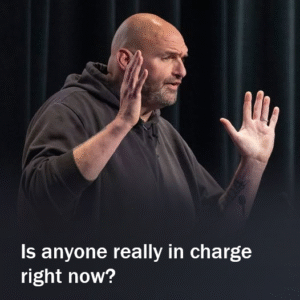The Sign That Stumps Drivers
A UK motorist recently sparked a lively debate online, claiming that “99% of drivers” don’t recognize one of the country’s most common road signs. The sign is circular, white, and features a thick black diagonal stripe.
Despite being a standard fixture on British roads and included in the mandatory driving theory test, it continues to confuse — and sometimes amuse — motorists long after passing their exams.
What the Sign Really Means
This symbol is officially the national speed limit sign. Yet, many drivers misunderstand its purpose. On Reddit, users joked that it meant a “national drifting zone” or encouraged “go as fast as you want.” Others admitted they were unsure of its exact meaning. Some argued that in practice, the sign seems to encourage reckless overtaking or speeding.
Clearly, a gap exists between theoretical knowledge and real-world driving.
Speed Limits Explained
To clarify, the black-and-white sign signals that the national speed limit applies from that point onward. It overrides previous restrictions, such as temporary limits or lower-speed zones.
However, the speed limit is not a single number. It varies depending on the road type and vehicle:
-
Cars and motorcycles:
-
Single carriageways: 60 mph
-
Dual carriageways & motorways: 70 mph
-
-
Vans and light goods vehicles:
-
Single carriageways: 50 mph
-
Dual carriageways: 60 mph
-
-
Vehicles towing trailers or caravans: follow the reduced limits above.
-
Built-up areas: usually 30 mph unless signs indicate otherwise.
This layered system means two drivers on the same road may face different limits, adding to confusion.
Safety Comes First
Even with rules explained, the RAC stresses that the national speed limit is not a target. Drivers must adjust their speed according to conditions. Weather, visibility, traffic, and road quality may require traveling well below the legal maximum. Heavy rain, ice, or fog can make 60 or 70 mph dangerous. Common sense and safety must always come first.
Road Education Never Ends
The debate highlights a bigger issue: driver education doesn’t stop at passing the test. Memories fade, habits evolve, and roads change. Campaigners suggest refresher courses or periodic theory updates to close knowledge gaps. At minimum, online discussions remind drivers that understanding speed-limit rules goes beyond simply spotting signs.
The Takeaway
The national speed limit sign isn’t a license to drive as fast as possible. It’s a flexible indicator that requires awareness, judgment, and respect for the rules. While it may not signal a “national drifting zone,” it does demand responsibility on the road.





